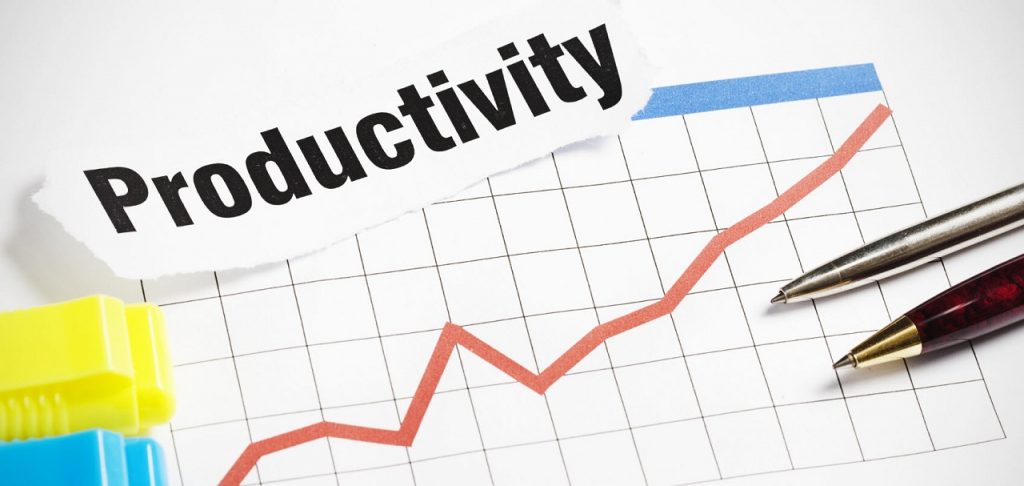“Take advantage of the best resources available, as equipment, labor and raw materials, is the motto of industrial productivity.”
Check out some actions that can be effective in optimizing productivity below..
Take advantage of the best resources available, as equipment, labor and raw materials, is the motto of industrial productivity. It involves some elements like:
- Create standards and processes that facilitate the daily lives of employees
- Improve alignment between industry expectations and team responsibilities
- Define success indicators for activities
Bellow, we've listed some actions that can be effective in optimizing productivity.
1) Evaluate the production flow
Observe and evaluate the production flow.
At that time, it is common for industry managers and boards to see bottlenecks to be resolved. It is noteworthy that the entire flow starts when a raw material arrives at the industry and only ends when the product is placed on the market.
2) Eliminate unproductive times
Identify minutes and even hours when professionals waste time. The deficit is often caused by problems in the work process itself..
3) Train employees
Through the learning stage, clarity is given about what is expected of each employee and how to optimize the work without harming the quality of the products.
It is important to invest in workshops, courses, speeches, etc.
4) Create processes
Have documented process flows and make these documents available in a simple way, clear and fast. Avoid processes that are too complex for everyday life.
5) Invest in constant monitoring
Predict problems through constant monitoring of machinery and, also, of the actions of employees.
So, you avoid unforeseen events and can increase industrial productivity.
But, now that we've seen the actions that usually have a positive impact on industry productivity, what are the main factors that affect this productivity?
There are several reasons that can compromise the high productivity of industries, for example, can be cited as examples:
- machinery and equipment with low performance or inoperative;
- lack of phasing of tasks;
- excessive employee distractions;
- lack of clarity about activity processes;
- little synchronicity between the people who make up the teams;
- lack of clarity about the company's goals;
- lack of goals;
- lack of training and updating on the part of employees;
- unhealthy environment.
And what are the main industrial productivity indicators?
Defining KPIs (Key Performance Indicator) It is important to assess the reality of the shop floor. They must talk to the company's goals.
Bellow, we list the main KPIs for industrial productivity:
- quantity of products produced in x time;
- productivity of each employee per hour;
- idle period;
- average product repair time;
- customer satisfaction level;
- achievement of goals.
The good development and expansion of the industry depends on the level of production.
That is why, evaluate the daily life of the factory floor and, if necessary, increase industrial productivity, establish KPIs, have a well-structured strategic plan and revisit processes.

To understand how to Scooter can help your industry and learn about our projects, contact from the site (click here), fur e-mail daniel@taygahs.com or at phone and Whatsapp (21) 9.8819-3687
It will be a pleasure to get to know your business and help with our customized energy efficiency solutions!
We also recommend reading our materials on the heating and insulation systems implemented by Tayga (just click and you will be redirected):


